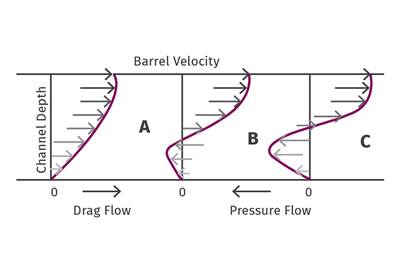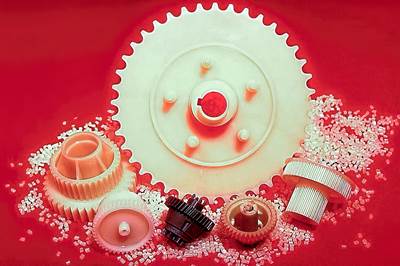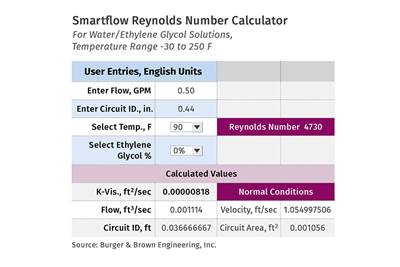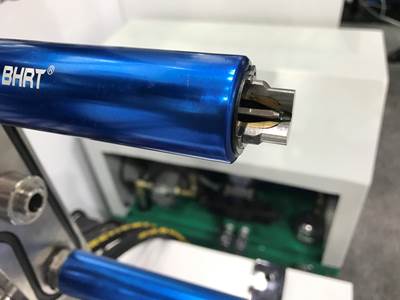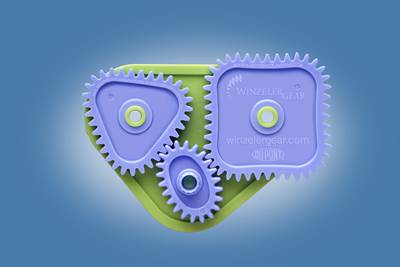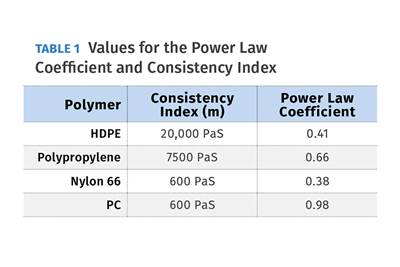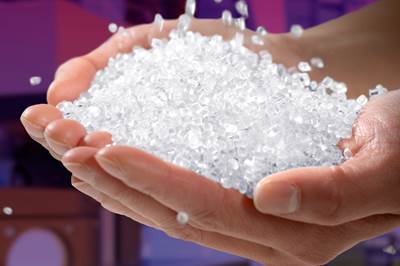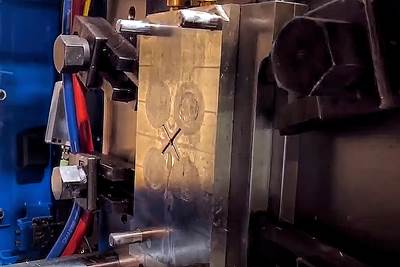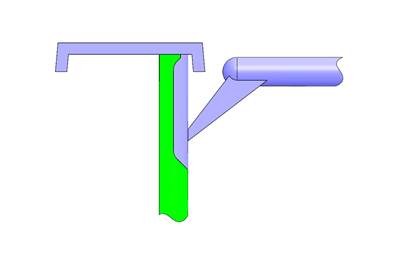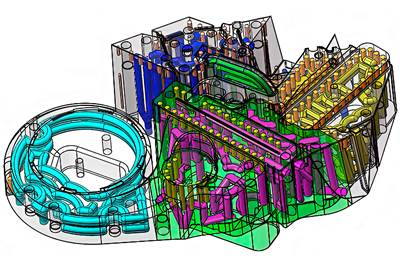Know-How
Extruding PCR? Consider a Vented Extruder
You’ll need two-stage screws to extract volatiles that post-consumer reclaim will likely contain. Screw design can be a complex balancing act. Here’s what you need to know.
Read MoreTracing the History of Polymeric Materials: Aliphatic Polyketone
Aliphatic polyketone is a material that gets little attention but is similar in chemistry to nylons, polyesters and acetals.
Read MoreCooling Geometry and the Reynolds Calculation
The original Turbulent Flow Rate Calculator worked well with a round circuit diameter, such as a drilled passage, but not as well using hydraulic diameters. Here’s how the problem was fixed.
Read MoreMolders’ Block: Dealing With Foreign Materials in a Hot-Runner System
Understanding plastic flow can help you understand how foreign materials move—or don’t move—through your hot-runner system.
Read MoreTracing the History of Polymeric Materials: Acetal
The road from discovery in the lab to commercial viability can be long, and this was certainly the case for acetal polymers.
Read MoreThe Importance of Viscosity in Melting
The calculations required to determine the right melt temperature for each polymer are complicated. Knowing the power-law coefficient and the consistency index of the polymer you run might prove useful.
Read MoreTracing the History of Polymeric Materials: The Differences Between Nylons & Polyesters
In many respects, nylons and polyesters appear to be interchangeable. But there are interesting differences in the properties of these two families that arise from their chemical structures.
Read MoreHow to Set Up Mold Protect on Your Injection Machine
Set the start position for mold protect where anything in the mold could be subject to damage.
Read MoreWhat's Controlling Your Cycle Time: Part 3
Follow these guidelines to maximize your profits.
Read MoreHow to Know the True Value of Conformally Cooled Injection Molds
What’s the return on investing in a new mold with conformal cooling to boost productivity? Will it pay for itself? How soon? Here’s a case study on how to answer those questions.
Read More